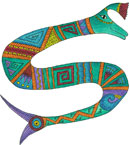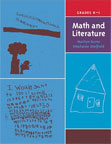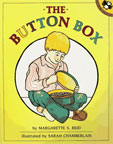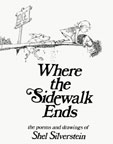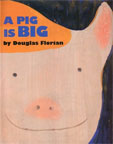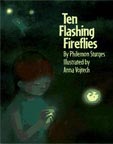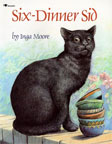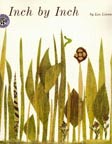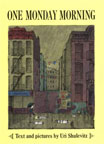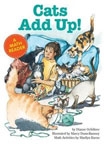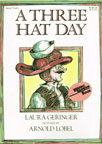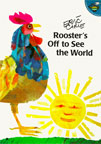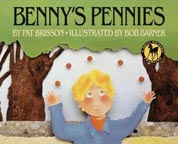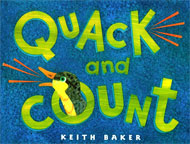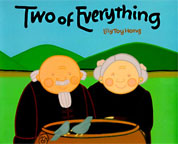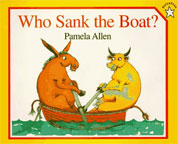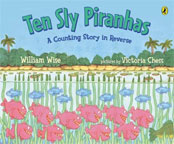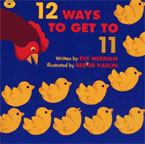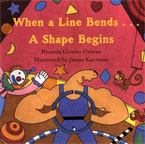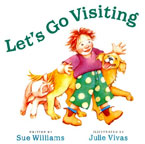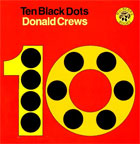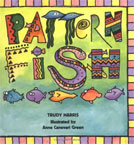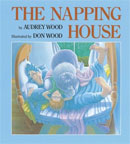|
Math
and Literature
Grades K-1
by Marilyn Burns & Stephanie Sheffield
Teacher’s Guide
|
|
The Button Box
by Margarette S. Reid
An imaginative boy likes playing with his grandmother’s
button collection.
Activity: sorting, counting, describing, comparing
|
|
Where the Sidewalk Ends
by Shel Silverstein
“Band-Aids” tells of an overzealous application.
Activity: creating number sentences |
|
A
Pig is Big
by Douglas Florian
A pig is big, what is bigger?
Activity: making books of things bigger or smaller than a
pig |
|
Ten
Flashing Fireflies
by Philemon Sturges
Two children capture 10 fireflies and
then release them one by one.
Activity: number sentences for combinations
of 10
|
|
Six-Dinner
Sid
by Inga Moore
Sid the cat convinces six different
households to feed him dinner.
Activity: How many dinners would Sid eat
in a week? |
|
Inch
by Inch
by Leo Lionni
The story of an inchworm who can measure
anything.
Activity: exploration of inches and linear
measurement
|
|
One
Monday Morning
by Uri Shulevitz
The royal family comes to visit a small
boy.
Activity: counting, creating concrete graph
|
|
Cats
Add Up!
by Dianne Ochiltree
A young girl keeps adopting cats until
she has ten.
Activity: addition and subtraction
|
|
A Three Hat Day
by Laura Geringer
The lonely R.R. Pottle the Third wears three hats and
finds love.
Activity: problem solving with permutations |
|
Rooster’s
Off to See the World
by Eric Carle
Rooster sets off on a journey, gathering
friends along the way.
Activity: figuring out how many animals
in all |
|
Ready
or Not, Here I Come!
by Teddy Slater
A game of Hide-and-Seek features various
ways to count to 100.
Activity: counting to 100 by ones, fives,
tens, and twenties
|
| |
|
